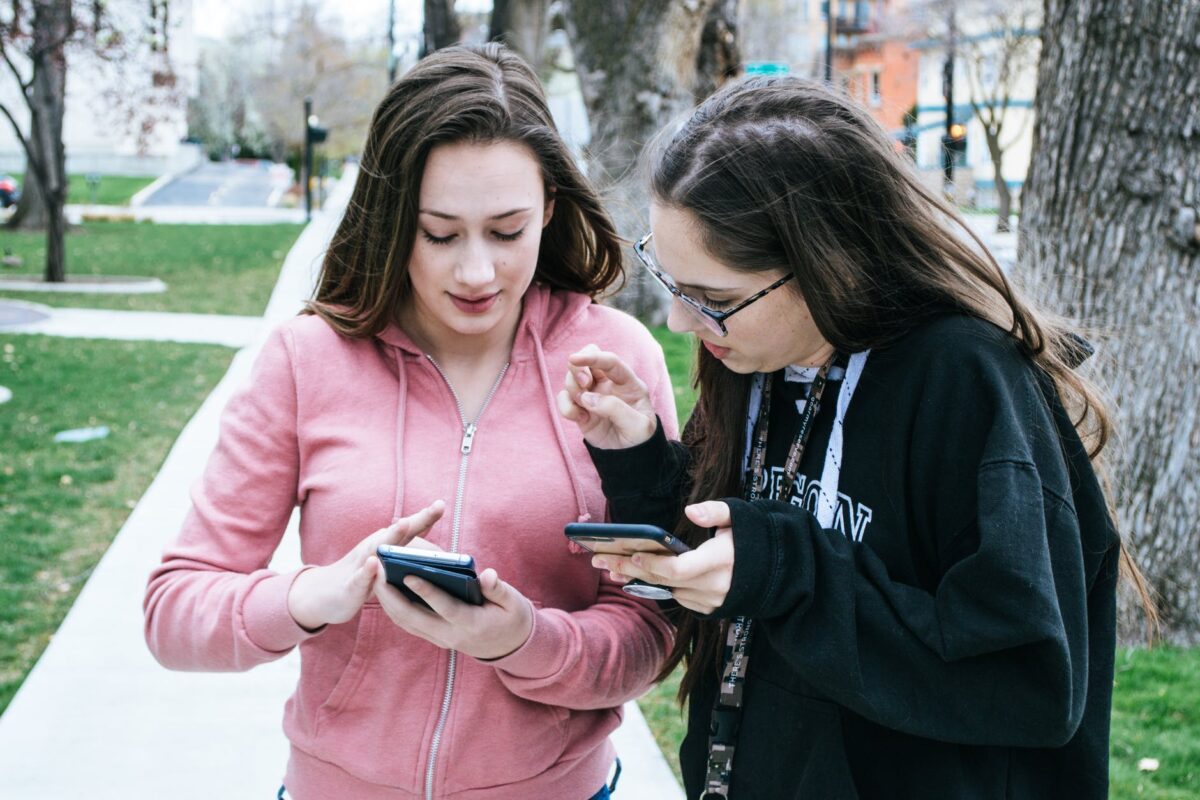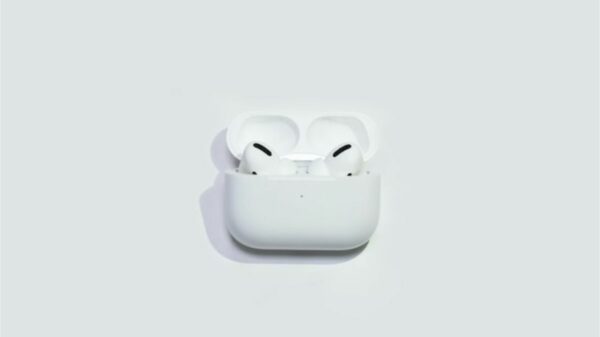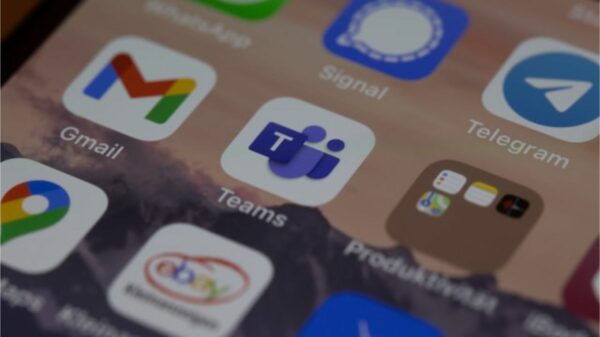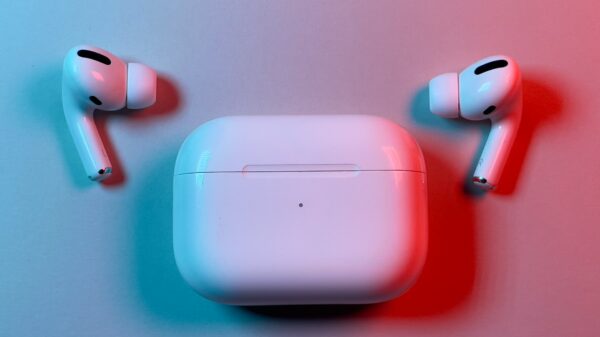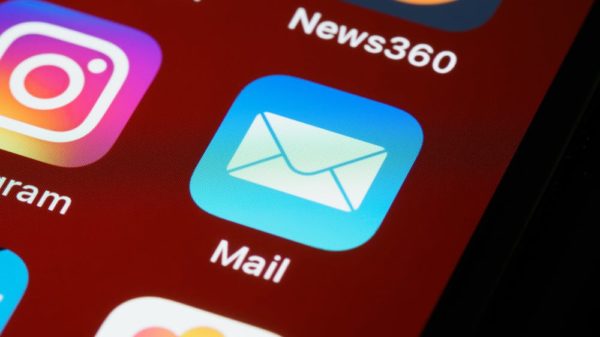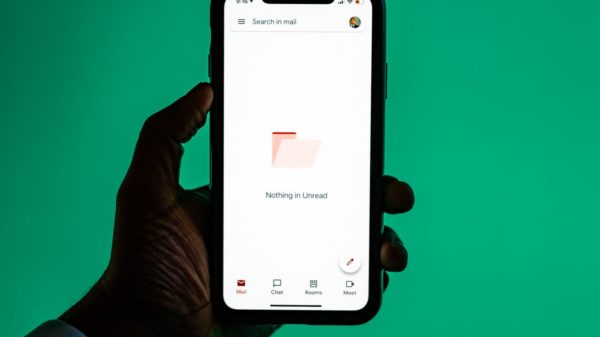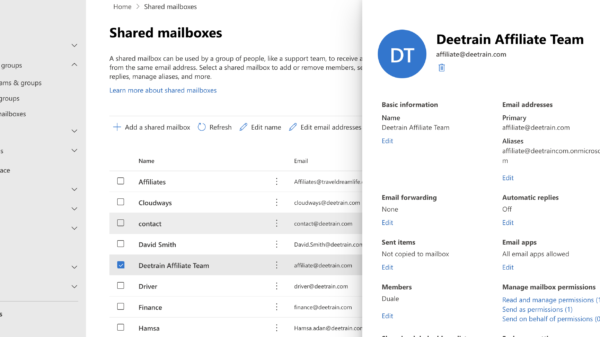It’s quite likely that if you purchase a new smartphone today, it’ll be running one of two operating systems: Apple’s iOS and Google’s Android, depending on your preferences. They are responsible for the vast majority of new cellphones delivered in the previous few years.
iPhones do not require super-powerful hardware to compete with high-end Android phones; nevertheless, iOS devices are quicker and smoother than most Android phones in similar price ranges due to Apple’s closed environment, allowing for deeper integration.
It appears that (the iPhone and Android) are two of the most widely used smartphones on the market today. Many people have been asking themselves this question for some time. Is one of them superior to the other? All of these considerations come into play when determining which smartphone is the best fit for you. In this blog, we’ll evaluate the performance of iPhone and Android phones to obtain some insight into how they compare to one another in terms of speed and battery life.
Which is faster, the iPhone or the Android phone?
That this issue is still being discussed is difficult to comprehend. Although it appears to have always been a matter of personal choice, some have contended in recent years that the iPhone is quicker than the Android because it can process more data per second.
Others believe that iPhones are just better-built, and as a result, their processing performance is slower on an individual basis than that of Android devices.
Both platforms have acquired their fan bases throughout their respective histories. While iPhone devotees argue that their devices, which tech giant Apple makes, are technologically superior and have better cameras, Android supporters counter such claims by pointing out that their devices provide more features and functionalities for half the price of an iPhone.
Android vs. iPhone: Detailed Comparison
Here are some characteristics to the contrast between these two smartphone manufacturers:
User Interface of iPhone and Android
People are fond of claiming that Apple devices are simple to use. It is undeniably true that the iOS UI is simple to navigate. The Android UI, on the other hand, is a mess. If you can master one, you won’t have much difficulty mastering the other.
Indeed, a decade earlier, when the iPhone initially arrived, and the competition consisted of Windows Phone and Nokia phones, the iPhone easily outperformed the market. It was simply a lot more convenient to utilize.
However, it was ten years ago. There isn’t much difference between the two most popular mobile operating systems today regarding simplicity of use.
When it comes to the design and configuration of the home screen, though, things lean more in favor of Android. Android devices provide you with greater control over your operating system and its associated applications.
Voice Assistants and AI in iPhone and Android
It’s a no-brainer when comparing Google Assistant vs. Siri: Google Assistant is the clear victor by a wide margin.
Google Assistant is much more than just a convenient voice-activated interface to Google search results. Using Google programs such as Google Maps and Google Calendar might make your life easier if you are a frequent user of these services.
Consider the following scenario: you’re seeing someone for dinner downtown, and the traffic is terrible. Google Assistant will figure out that you will need to depart early to make your meeting, and it will alert you of this in advance of the meeting. Now that’s something to be admired.
Siri may have been the first to launch, but it is still a rather rudimentary service. It’s good for answering inquiries, but it’s not much of an assistant in the grand scheme of things.
Software Update System of iPhone and Android
Apple, on the other hand, excels in this area, while Android falls short. When Apple announces a new update or repair, it applies to all phones, including those that the company still supports. When it comes to Android phones, you can only hope for the best.
Security issues in iPhone and Android
Instead, it is Google’s laxity in approving which programs are allowed into its app store that is the source of the problem with Android’s security.
True, the most effective approach to avoid malware off your Android device is only to download apps from the Google Play store; nevertheless, Google claims that malware is present in 0.16 percent of all apps downloaded.
If you’re an Apple user, don’t get too confident in your abilities. There is an iPhone virus out there, just ready for an overly confident user to click on a dubious link and install malicious software.
Rom and Ram in iPhone and Android
The RAM and ROM in iPhones are faster than the RAM and ROM in Android phones. iPhone’s Memory and ROM have rapid data read and write speeds, which explains why applications are loaded quicker, and the iPhone reboots more quickly than usual.
Cloud Integration in iPhone and Android
iCloud continues to be a major source of frustration for me, regardless of whatever device I use to access it. Many others are having difficulties with iCloud. Android, on the other hand, is deeply connected with Google’s apps and services.
I use Google applications daily for both business and play. With an Android smartphone and Google Now screen, I also have access to all of the information I need, from the local (such as local traffic) to the international (such as international politics).
Google Photos offers limitless storage space as well as a simple yet effective picture editor. To be sure, the iCloud Photo Library is a useful tool, but accessing iCloud from different devices continues to be a challenge.
Cache Memory of iPhone and Android
The cache memory on the iPhone CPU is larger than that on the Android processor. Cache memory is a tiny and highly quick piece of memory that allows the processor to transmit large amounts of data at a rapid pace.
Battery and Charging Mechanism of iPhone and Android
Since every Android phone is unique, it isn’t easy to make a judgment on this one. According to my observations, android phones, particularly those made by Samsung and Nokia, do not require as frequent recharging as iPhones. Because charging times might vary based on the phone in your hand and how you use it, we’ll call this a draw for now.
Various Devices Integration in iPhone and Android
Because all Android smartphones use standard USB ports, you may connect a wide variety of devices to your phone. When it comes to iPhones, you’ll need something that will work with the device’s unique Lightning connector.
One advantage of Android is that USB cables and gadgets are far less expensive than their Lightning port counterparts.
Video Calling in iPhone and Android
Voice, video, and instant messaging apps from Google are up in the air at the moment. I believe that Google Hangouts has surpassed all other communication applications like Google’s primary communication tool.
Facetime is the only way to communicate with an iPhone. Facetime is an excellent videoconferencing application. I wish it were available on more platforms other than Apple, but if your entire family or workgroup is on Apple, you’re in excellent shape.
Metal API
With the introduction of Apple’s Metal API technology, which is well-optimized for A-series processors, games and visuals are rendered faster and with higher quality than ever before.
That is one of the reasons why streamers and gamers utilize the iPhone and iPad for live broadcasting to provide viewers with better gameplay and image quality.
Applications Choices in iPhone and Android
Before, you could argue that the app store had better apps than the other, and vice versa. These days, it’s very much a dead heat between the two. With 2.8 million applications available on the Google Play store and 2.2 million available on the Apple App Store, it’s unlikely that you will ever run out of apps to engage with.
Build Quality of iPhone and Android
It is common for people to compare the build quality of an iPhone or an Android phone to that of a high-end sports vehicle.
They’re designed for speed, power, and excellent handling in difficult situations because there isn’t anything to slow them down, such as water damage from rain falling on your costly gadget! On the other hand, iPhones have a higher build quality and are more water-resistant than android phones.
Optimization of both software and hardware in iPhone and Android
It is now time to get to the heart of the matter, which is software and hardware optimization. Apple developed and manufactured its operating system and chipset, as well as other hardware components.
They can combine both so that the phone receives the maximum performance from the processing unit. In all likelihood, if you have your software and hardware, you will be able to determine what type of software is required for your hardware to make your phone more efficient and seamless.
Customization in iPhone and Android
A major strength of Android has always been its ability to multitask. Your phone may be easily customized – you can arrange widgets and shortcuts on your home screen, and you can even alter the entire user interface using launchers, which allow you to change the look and feel of your phone completely.
iOS 14 was a watershed moment in the lives of iPhone owners since it introduced significantly greater compatibility for widgets on the main iOS screen. Some consumers have taken full advantage of widget-customizing programs to drastically alter the appearance of their smartphones, although this appears to be a purely fun activity at first glance.
However, it still isn’t up to the standard of Android, which allows for installing third-party launchers that may fully transform your phone into something completely different. If you want a phone that encourages experimentation, or if you want a home screen that is genuinely unique and personalized, Android is the platform for you.
Calls and Messaging in iPhone and Android
Basic calling and texting capabilities are adequate on all systems, although Android can be a little more difficult to navigate. First, it looked as though Google was consolidating everything into Hangouts, which allowed users to send messages, SMS, video chat, group chat, and other features through Wi-Fi or their data network.
Messages are the standard texting app, and it now appears to be Google’s primary messaging app, as it has been updated to include RCS functionality. Many producers, on the other hand, choose to provide their versions of the same product.
Many Android phones come pre-installed with their own messaging and dialer applications in addition to Google’s messaging apps, further complicating an already complex scenario.
Messaging and Calling in iPhone and Android
Calling and texting are fine on both systems, although Android may be complicated. In the beginning, Google seemed to be consolidating everything into Hangouts, which allowed for messaging through Wi-Fi or a data network.
Messages are the primary texting app and now supports RCS. Many manufacturers, though, want to provide their options. Many Android phones have their own messaging and dialer applications in addition to Google’s, further complicating matters. Apple’s iOS is much easier.
FaceTime and iMessage are pre-installed on every iPhone and iPad, making communication simple. While iMessage is simple to use, it works best when talking with other iPhone users. iMessage has third-party app integration, funny stickers, GIFs, and more.
Which is more superior, Android or iPhone?
Apple and Google both have great app shops, and both are worth checking out. On the other hand, Android is a considerably superior in-app organization, allowing you to prioritize critical apps on the home screen while hiding less useful programs in the app drawer. Furthermore, the widgets on Android are far more helpful than those on Apple’s operating system.
Final Words
It is not a question of who is faster, but rather of what you require. If your requirements are straightforward and you have no restrictions on data use or carrier constraints, the iPhone may be a suitable fit for your requirements.
For those who don’t care about these features and who want additional customization choices, like the ability to change the size of icons on their screens, Android phones may be a better choice. Because, as with most things in life, it all comes down to personal preference, go ahead and experiment with both!
